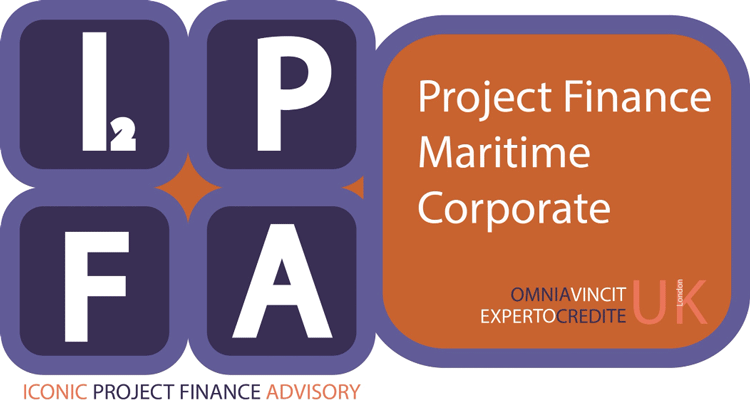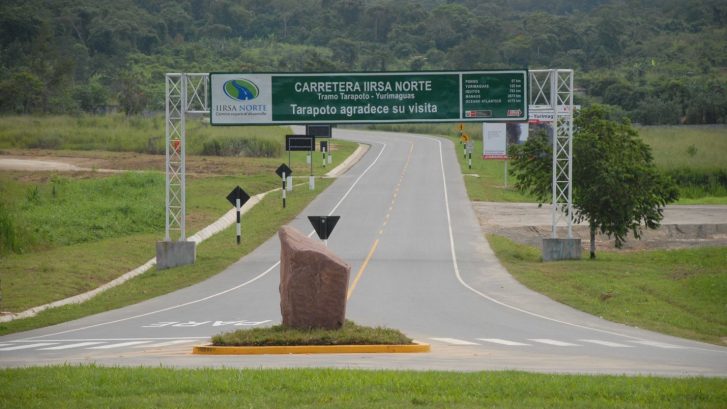This 955 kilometer highway crossing northern Peru passes through settlements housing 1.3 million people, among the country’s poorest. Not only does it link the Pacific coast to the relatively isolated hinterland, it is also part of a multimodal transport corridor that extends across Brazil via the Amazon River. The road crosses the Andes and rainforest terrain, landslides were a constant threat and its unpaved sections easily reduced to mud. Traffic was heavily constrained and journey times unpredictable.
In the early 2000s, Proinversión, Peru’s private investment promotion agency, structured a project to improve and operate the road as the country’s first PPP, despite having had enabling legislation since the 1990s. Part of the problem was the country’s subinvestment grade credit rating. To increase bankability, the government created the works annual payment recognition certificate, or CRPAO. These certificates form irrevocable, unconditional promises to pay and are issued on completion of construction milestones. Their monthly frequency represents a regular cash flow and provides comfort to investors.
Team Experience developed through:
- Analyzing and providing detail to the legal architecture and design of the transaction, identifying e.g. the
(i) type of PPP contract to be used (e.g. concession, BOT or management contract)
(ii) investment commitments to be required, their nature and management,
(iii) investment plan, how, where and when investments would be made (iii) type of public sector support required, including terms and conditions and
(iv) corporate structure for the investment and commercial management including nature of the SPV holding the concession, etc. - Review of risk allocation assumptions to assess whether those risks can legally be allocated to the private sector (e.g. land acquisition, collection of tariffs from individual consumers and safety monitoring).
- Review of project assumptions and whether they are legally viable, e.g. management of staff rights and benefits and whether there might be legal limitations to how staff can be treated.
- Assessment of the financial management and accounting structures proposed to identify efficiency gains available through other structural mechanisms, e.g. taxation of revenues and accounting methods for depreciation of assets.
- Identified licensing, permitting and other legal risks that had to be addressed and allocated under the chosen approach.
- Identified other contractual and commercial relationships in the sector or related to the sector and how those relationships would interface with the PPP project.
- Assessment of risk management structures for potential efficiency gains through alternative structures or modifications.
- Ensuring all necessary approvals and permissions were obtained for PPP processes before commencement of tender process, in particular to allow the relevant Government entity to sign the tender documents and the PPP contract.
- Confirming legality of budgeting assumptions and the management of revenue flows (e.g. are there restrictions on the use of monies collected for use with public services).
- Assessing risk allocation approaches to ensure that they correspond with private sector appetite and lender requirements.
- Assessing chosen approach to PPP and whether any aspect of that approach would conflict with available or required procurement, contracting and financing structures.
- Assessing Government role in the proposed PPP project (e.g. voting rights, pre-emption rights, golden shares and the protection of minority shareholders)
Under the deal, the concessionaire would have to build, rehabilitate or renew about 750 kilometers of road in collapse or disrepair, installing bridges, drainage and emergency communications. Financing was closed in August 2006: the CRPAOs were securitized to issue a $213 million bond acquired and then issued offshore by Morgan Stanley. Works were challenging, demanding stabilization of landslide-prone mountainsides and the fitting of concrete walls. After weather-related delays, construction was completed in 2010. The highway is now passable all year round. Whereas previously it took over 36 hours to cross in perfect conditions, today it takes 15 [hours] from the coast to the jungle. One-week waits to clear the road are a thing of the past. The interior has been opened up providing greater access to health care and education; goods can be transported reliably at last, promoting business in the Pacific port of Paita and trade between Peru and Brazil.
The concessionaire is paid for operation and maintenance by the government, which retains tolls. The project’s model was quickly replicated: in 2007, the much bigger IIRSA Sur highway concession reached financial close with the same payment mechanism.
| Related names: | Tramos Viales del Eje Multimodal Amazonas Norte de IIRSA | ||
|---|---|---|---|
| Country/Region: | Peru/Latin America and the Caribbean | ||
| Financial closure: | 03/2006 | Location: | Paita – Piura – Olmos – Corral Quemado – Rioja – Tarapoto – Yurimaguas |
| Primary sector: | Transport | Secondary sector: | Not Applicable |
| Status: | Operational | Update Status Date: | 01/2009 |
| Project company: | CONCESIONARIA IIRSA NORTE S.A. | ||
| Type of PPI: | Concession | Subtype of PPI: | Build, rehabilitate, operate, and transfer |
| Contract period: | 25 | Termination year: | 2031 |
| Publicly traded: | No | Stock market: | |
| Contract History: | .. | Contract award method: | Competitive bidding |
| Bid criteria: | Other | No. of bids: | 2 |
| Renewal Contract Award Method: | .. | Renewal Bid Criteria: | .. |
| Renewal Number of Bids: | 0 | Number of systems: | 1 |
| Captive Facility: | No | Percentage Captive: | 0 |
| Government granting contract: | Federal | ||
| Type of government support: | Variable government payments | Key Features of Government Guarantee: | |
| Is PPP Project: | Related Infrastructure By Govt: | ||
| Is PPP Part of Public Project: | Total Cost Of Public Project: | ||
| Key Features of Revenue/Cost Support: | Main Revenue Source: | User fees and variable payment(s) from the government | |
| PPP Type: | Period Type: | ||
| Project Banks |
Infrastructure services
| Subsector | Segment | Technology |
|---|---|---|
| Roads | Bridge and highway | N/A |
Sponsor info
| Sponsor name | % ownership | Sponsor country |
|---|---|---|
| Construtora Andrade Gutierrez | Brazil | |
| Grana y Montero SA | Peru | |
| Odebrecht SA | Brazil |
History
| Year | % private | Payment commitments to the government* |
Investment commitments in physical assets* |
Capacity | Type | Government cash subsidy commitments* |
|---|---|---|---|---|---|---|
| 2006 | 100 | 0 | 205 | 955 | KM |
Multilateral support
| Year | Agency | Support type | Support amount* |
|---|---|---|---|
| 2006 | CAF | Guarantee | 60 |
| 2006 | IADB | Guarantee | 60 |
Funding Details
| FUNDING YEAR | PRIVATE DEBT FUNDING | CAPITAL GRANTS | GOVT FUNDING (GRANT, LOAN OR EQUITY) | LOCAL PUBLIC BANK FUNDING | DONOR FUNDING (FOREIGN STATE BANKS + ECAS) | DEBT EQUITY GRANT RATIO | PRIVATE EQUITY FUNDING |
|---|---|---|---|---|---|---|---|


